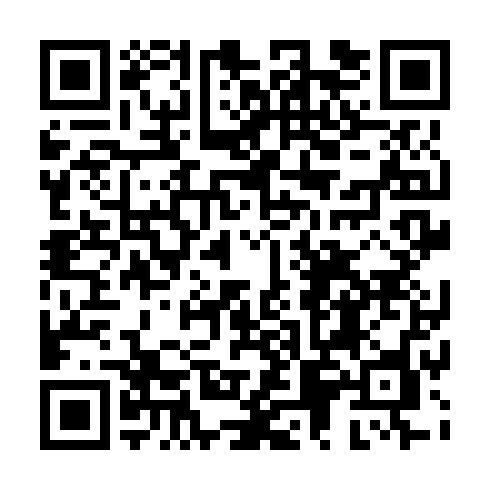Guide to Placing Flags and Wreaths at Veterans' Headstones
| Category: | Ceremonies |
|---|---|
| Props: | flags |
| Props: | wreaths |
| Notes: | A respectful guide for Scouts placing flags or wreaths at the graves of veterans in private cemeteries. Covers etiquette, placement, and identifying veteran markers. |
When Scouts gather to place flags or wreaths at a cemetery, we do more than decorate-we honor. In private cemeteries especially, there may be no official map or military layout, so respect and observation become our guides. Here's how to do it right.
Where to Place the Flag
- Standard Placement: Place the flag to the left of the headstone (as viewed from the foot of the grave), about 12 inches out, with the flag upright and not touching the ground.
- Footstones or Government Plaques: If there is a flat military footstone, the flag is typically placed just above the plaque or centered directly behind it.
- Wreaths: Lay wreaths centered at the base of the headstone, never covering the name or inscription. Stake-style wreaths should sit firmly in the ground without tilting.
What About Shared Headstones?
For a shared stone (often husband and wife), first look for military insignia. If the veteran is on the left, place the flag to the left side of the stone. If they're on the right, place the flag on the right. If you're unsure, center it gently behind or to the side of the shared marker with equal care.
How to Recognize a Veteran's Grave
- Government-Issued Markers: These include white marble upright stones or bronze/stone footstones issued by the VA, often engraved with branch of service, war, and dates.
- Service Branch Emblems: Look for etched logos (crossed rifles, anchors, Air Force wings, etc.).
- Inscription Clues: Words like "PFC," "US Navy," "WWII," "Korea," or "Vietnam" often appear beneath the name. Older stones may simply say "CSA" (Confederate States Army) or "Union Army."
Bonus Tip: Look for the Footstone
Bonus Tip: The best clue to veteran status is the small, simple government-issued footstone. It may be weathered or half-buried-look closely. These markers often list only name, rank, branch, and dates of service.
Making the Job Easier: Dibbles and Palm Savers
In dry or rocky soil, placing flags can be physically tough-especially for Cub Scouts. That's where a dibble comes in. A dibble is any pointed tool used to make a small pilot hole in the ground. You can use a wooden dowel, a sturdy stick, a tent stake, or even a screwdriver to make the process easier and avoid damaging the flags.
For younger Scouts, consider using a PVC "T" handle tool. It's a short piece of PVC pipe with a T-fitting on top, allowing Scouts to press the flag in without hurting their palms. It's simple to make, durable, and a great way to encourage proper form and pride in the process.
Respectful Habits for Scouts
- Stand quietly while placing each flag or wreath. Take a moment to read the name and dates.
- If you say the name aloud, speak clearly and reverently.
- Never lean flags on stones or jam them in hard ground-use a dowel or dibble if needed.
- If a flag is torn or soiled, replace it or notify your leader-it should not be displayed.
Scouts don't just place flags-we bear witness. We honor quietly, humbly, and with care. And when we step away, we leave behind more than a flag-we leave a promise that someone remembered.

